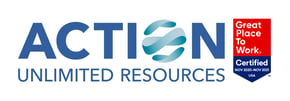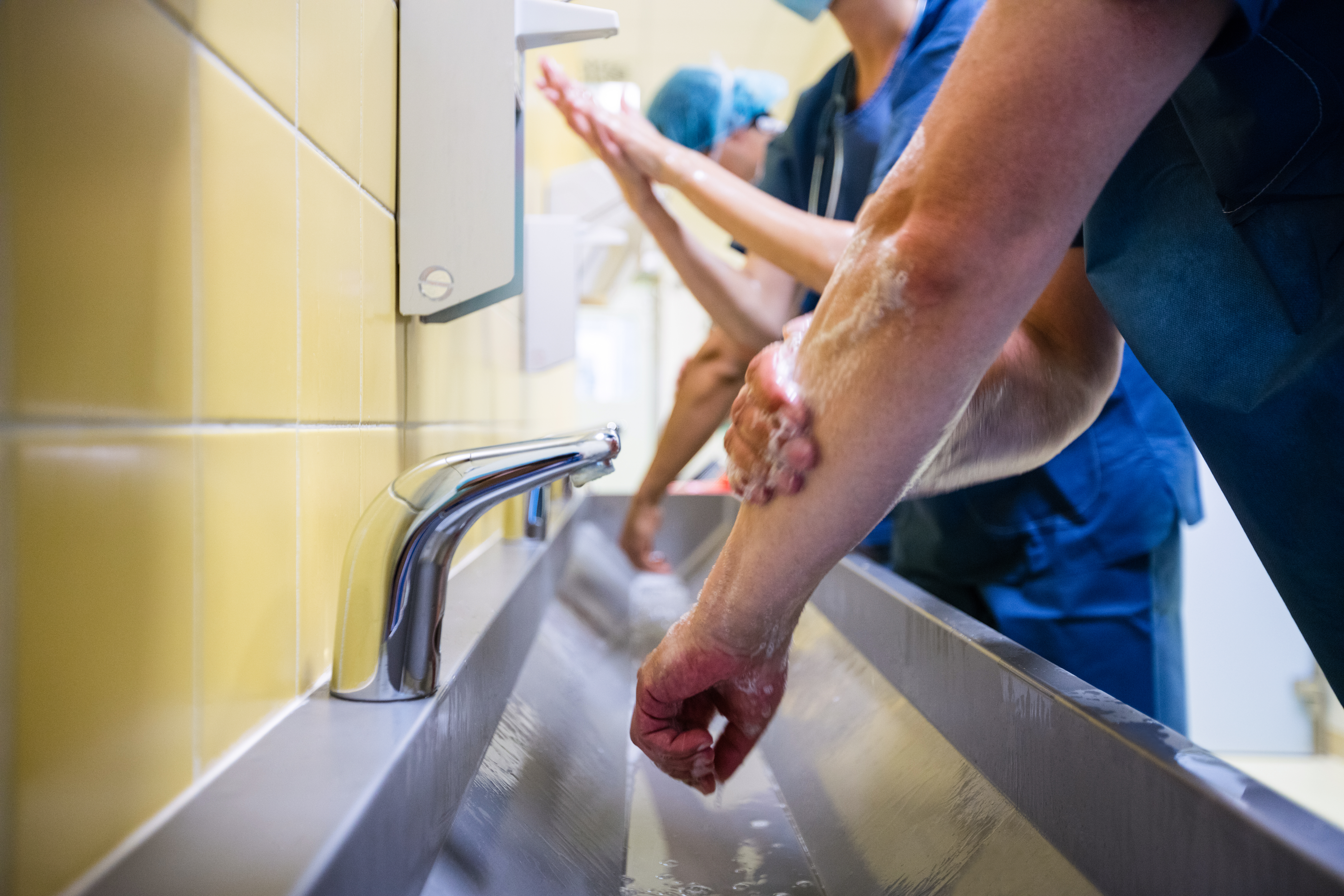Overview
Healthcare-Associated Infections (HAIs) are a transfer of secondary infections to a patient while convalescing in a healthcare facility. For example, a patient enters the hospital for a routine appendectomy and picks up an MRSA infection while in the facility. Assuming the patient contracted the MRSA infection while in the hospital is known as a nosocomial infection or a secondary infection.
Initially, this term was used to describe infections associated with admission to an acute care hospital (i.e., nosocomial infections). However, the term now extends to include infections developed in various settings where patients receive healthcare (e.g., transport units or long term care settings).
According to studies, the vast majority of adverse events affecting hospitalized patients are due to HAIs drug side effects, and surgical complications. Moreover, the Centers for Disease Control and Prevention (CDC) suggests that around 1.7 million patients acquire HAIs annually while being hospitalized, with 98,000 of these patients dying from the complications of HAIs.
If the public knows you have too many HAI’s or have been cited/reported, it would be bad PR for your facility, and patients may go elsewhere for their care or procedures.
In this article, we will focus on the preventive measures that healthcare facilities can apply to minimize the adverse effects of HAIs.
How to control health-care-associated infections
Hand washing behaviors
The CDC, coupled with regulatory compliance agencies, believes that handwashing is the single most effective method to prevent the spread of nosocomial infections within the patient setting. Data is being gathered to measure improvements handwashing has made with the reduction of HAIs within the healthcare facilities.
Proper handwashing, by all accounts, is the single best measure we can take to reduce the re-occurrence of infection within a patient setting.
Environmental cleanliness
Environmental surfaces are also a leading transfer point of nosocomial infections within healthcare facilities. These surfaces are classified under three criteria.
- Critical Surfaces – In You - Trach, Catheter, IV, Glucometer
- Semi Critical – On You – Jewelry, eyeglasses, acrylic nails, facial hair, smocks
- Non-Critical – Around You – Toilet Seat, Faucet, Towel Dispenser
Examples of contaminated surfaces include blood pressure cuffs, nursing uniforms, faucets, and computer keyboards, which can serve as reservoirs for cross-contamination.
Effective cleaning and disinfection practices must synchronize and work together to eliminate the transfer of infection from environmental surfaces.
Cleaning and disinfection are two different applications, and when performed correctly, will lead to a complete eradication of microbial activity from environmental surfaces.
Proper use of personal protective equipment
The proper use of personal protective equipment (PPE) is vital to reduce the rates of HAIs. Using protective barriers (e.g., gloves, gowns, face mask, protective eyewear, face shield) according to the proper guidelines significantly reduces the risk of microbe cross-transmission inside healthcare facilities.
In fact, healthcare workers should receive education on how to properly use protective barriers to limit the risk of occupational exposure.
When finished using PPE, all equipment should be removed to prevent cross-contamination when touching body fluids.
CDC SEQUENCE FOR PUTTING ON AND REMOVING PPE
We hope that this article managed to shed some light on the damage done by HAIs and how we could control these adverse events by implementing the proper, evidence-based practices.
If you have any questions or concerns about HAIs, please don’t hesitate to reach out to us.



Enjoy this blog? Leave a comment or ask a question!